The Legend of the 1787 Brasher Doubloon
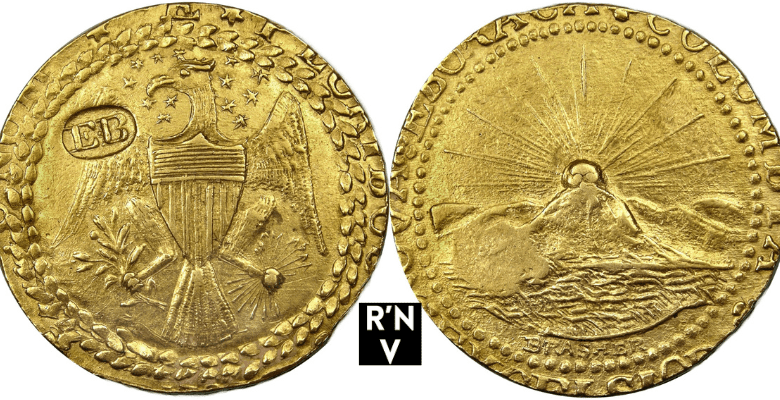
The 1787 Brasher Doubloon is a legendary coin in the realm of numismatics, renowned for its historical significance, rarity, and extraordinary value. This iconic gold coin has captivated the imaginations of collectors and enthusiasts for centuries, earning its place as one of the most coveted treasures in the world of coin collecting.
1. Introduction to the 1787 Brasher Doubloon
The Brasher Doubloon, minted in 1787 by Ephraim Brasher, a talented goldsmith and silversmith from New York City, holds a special place in American numismatic history. Its distinctive design and limited mintage have made it a symbol of wealth, prestige, and Americana.
2. History of the 1787 Brasher Doubloon
The origin of the coin
Ephraim Brasher, a respected craftsman known for his exceptional skill, crafted the Brasher Doubloon with meticulous attention to detail. The coin was struck in high-quality gold, bearing the hallmark of its creator.
The Brasher family
The Brasher family, prominent in colonial America, played a significant role in the economic and social fabric of New York City. Ephraim Brasher’s reputation as a skilled artisan added to the allure of the coin bearing his name.
Initial use and circulation
Originally intended for use in commerce, the Brasher Doubloon circulated among the elite and affluent circles of early American society. Its value exceeded that of standard currency, making it a symbol of status and prosperity.
3. The significance of the 1787 Brasher Doubloon
Rarity and value
With only a handful of known specimens in existence, the Brasher Doubloon is exceedingly rare, contributing to its astronomical value on the numismatic market. Collectors covet this elusive treasure, willing to pay millions for the opportunity to own a piece of history.
Famous owners
Throughout its storied past, the Brasher Doubloon has passed through the hands of many notable figures, including renowned collectors, numismatists, and even museums. Its provenance adds to its mystique and allure.
4. Characteristics of the 1787 Brasher Doubloon
Design elements
The Brasher Doubloon features a distinctive design, with intricate engravings and symbolism that reflect the artistic sensibilities of its creator. The coin’s aesthetic appeal is matched only by its historical significance.
Inscriptions
Inscribed with the initials “EB” for Ephraim Brasher, the coin bears the hallmark of its maker, adding to its authenticity and appeal. The presence of these initials is a defining characteristic of the Brasher Doubloon.
5. Notable sales and auctions
Record-breaking transactions
Over the years, the Brasher Doubloon has fetched staggering sums at auction, setting records for the highest prices ever paid for a single coin (The record is $9.36 million). Its rarity and historical importance make it a prized acquisition for discerning collectors.
Collector interest
Collectors from around the world vie for the opportunity to own a Brasher Doubloon, driving demand and prices to unprecedented levels. The coin’s scarcity only adds to its allure, fueling intense competition among enthusiasts.
6. Controversies and myths
The “EB” punch mark
One of the most intriguing aspects of the Brasher Doubloon is the presence of the “EB” punch mark on the eagle’s breast. This mysterious symbol has sparked numerous theories and speculations among numismatists and historians.
Authentication challenges
Due to its rarity and historical significance, the Brasher Doubloon has been the subject of intense scrutiny and debate within the numismatic community. Authenticating these coins requires meticulous examination and expertise.
7. Preservation and conservation efforts
Techniques used to maintain authenticity
Preserving the integrity of Brasher Doubloons requires specialized techniques and careful handling to prevent damage and deterioration. Conservation efforts aim to protect these precious artifacts for future generations.
Museum displays
Many museums and cultural institutions proudly display Brasher Doubloons as part of their numismatic collections, offering visitors a glimpse into the rich history and heritage of American Coinage.
8. Impact on numismatics
Influence on coin collecting
The Brasher Doubloon has had a profound impact on the world of coin collecting, inspiring generations of enthusiasts to pursue Rare and Valuable treasures. Its legacy endures as a symbol of numismatic excellence.
Cultural significance
Beyond its monetary value, the Brasher Doubloon holds immense cultural significance as a tangible link to America’s colonial past. It serves as a reminder of the ingenuity, craftsmanship, and entrepreneurial spirit of early American artisans.
FAQs
What makes the 1787 Brasher Doubloon so valuable?
The Brasher Doubloon’s rarity, historical significance, and exquisite craftsmanship contribute to its astronomical value on the numismatic market.
How many Brasher Doubloons are known to exist?
Only a handful of Brasher Doubloons are known to exist, with each specimen carefully documented and authenticated by experts.
What is the significance of the “EB” punch mark on the Brasher Doubloon?
The “EB” punch mark, believed to be the initials of Ephraim Brasher, adds to the coin’s authenticity and mystique, sparking intrigue and speculation among collectors and historians.
Are there any replicas or forgeries of the 1787 Brasher Doubloon?
Due to its rarity and value, the Brasher Doubloon has been the target of counterfeiters and forgers. Collectors should exercise caution and seek expert authentication when acquiring these coins.
Where can I see a Brasher Doubloon in person?
Brasher Doubloons are occasionally displayed in museums and numismatic exhibitions around the world. Check with local museums or cultural institutions for opportunities to view these rare treasures up close.
The 1787 Brasher Doubloon stands as a testament to the enduring allure of rare coins and the fascinating history of American numismatics. Its legendary status and extraordinary value ensure that it will continue to capture the imagination of collectors and historians for generations to come.
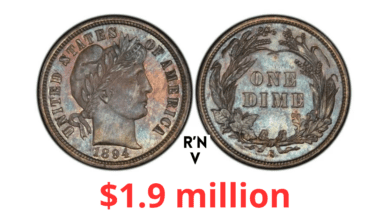
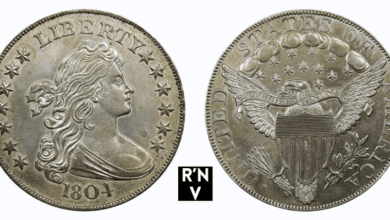
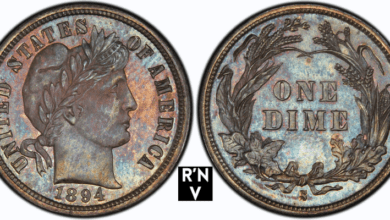
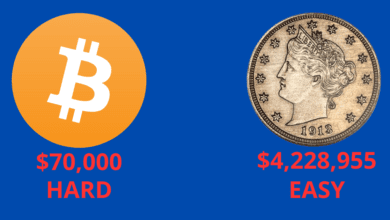
One Comment